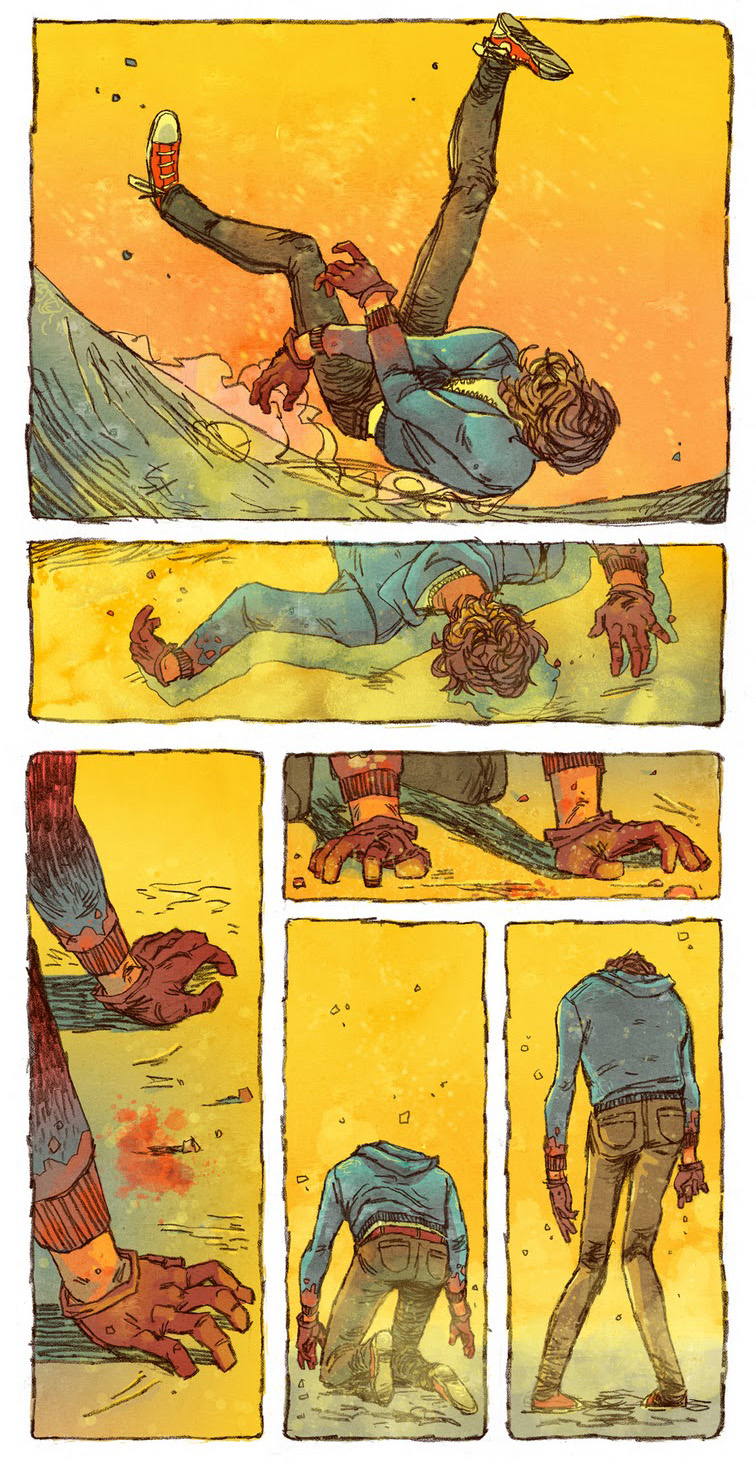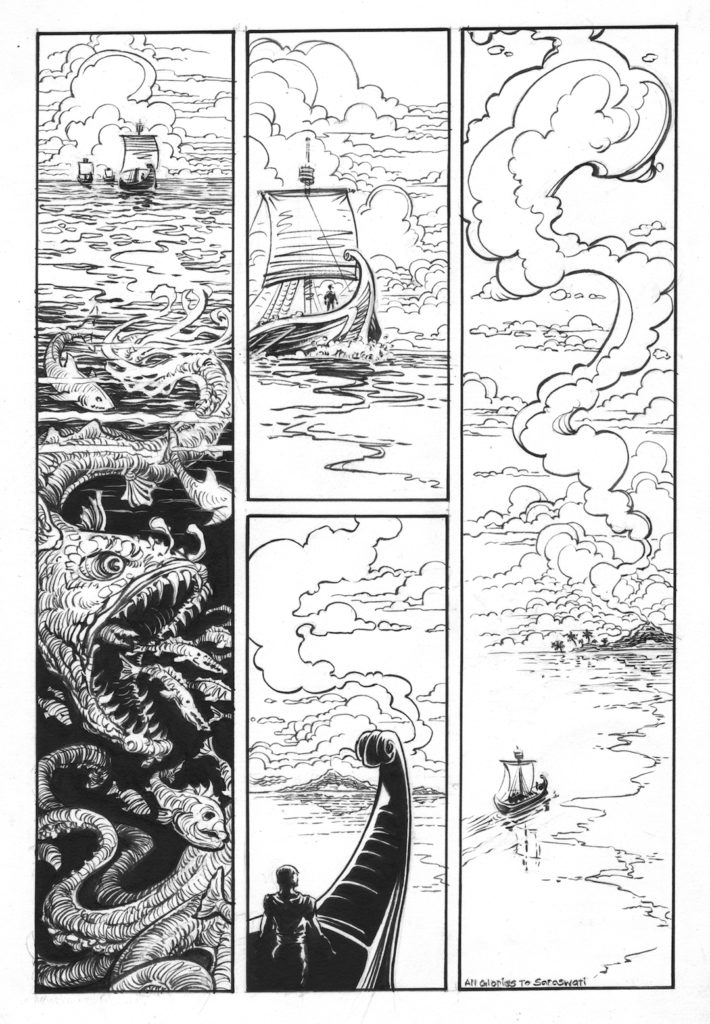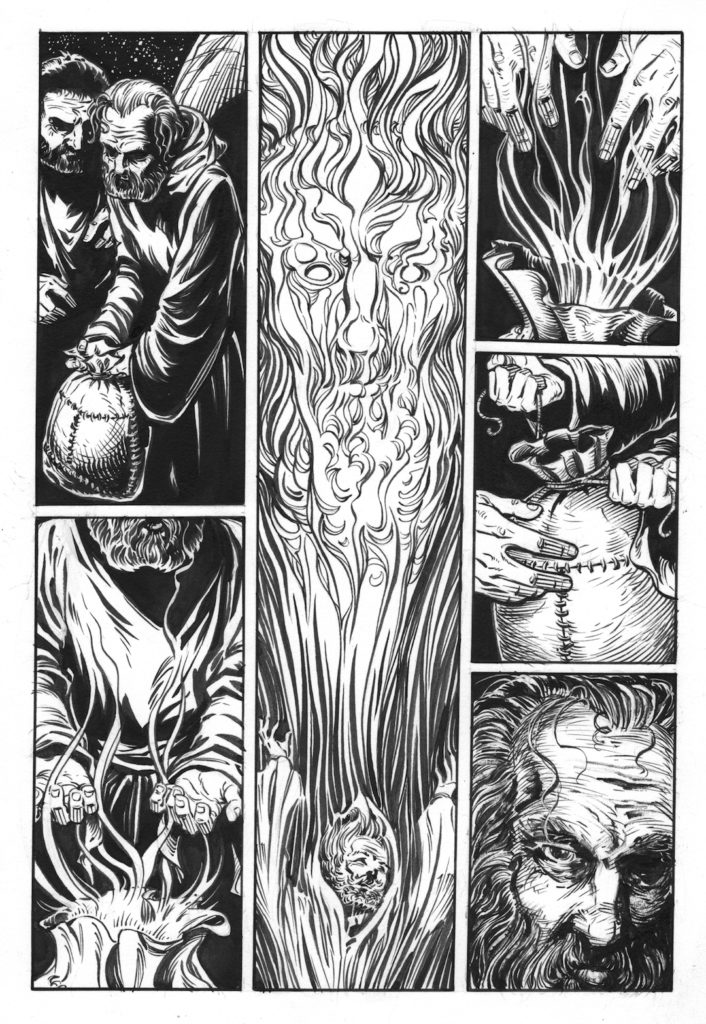Select a short story in any form of literature — real or fictional, published or of your own writing—and conceptualize a visual narrative.
Determine the best way to tell the intended story through a sequence of images. For example: a series of illustrations, or a type-as-image approach, interactive collages, etc. You may use text, but use it sparingly.
There is no fixed requirement for the numbers of images/frames, or the length of a video or animation. But at a minimum it has to be sufficient to carry out the story.
Process
Decide on the literature piece and conduct your research. Collect great sequential art and share with class. Draft the design brief.
Write done the key events, the associated times and locations as the story unfold.
Storyboard each frame. Not just isolated frame, but also design how they compose together to create a stronger visual narrative.
Explore different techniques, media, styles, materials appropriate to your story.
Refine your storyboard to take full advantage of the media you have decided on. Come up options and revisions.
Create prototypes or real size roughs for critique.
Complete the whole story with high standard of craftsmanship.
Print, bound, package, or whatever is the best way to present your story.
Deliverable
1. The digital file of your final design uploaded onto OneDrive “Project3″ folder.
2. Present your final design in an unique printed form even if they may be intended for digital media.
Poster—11″x17″ mounted on a 15″x20″ professional jet-black mounting board, not foam core.
Booklet and alike—nicely bound, folded size can’t be smaller than 5″x5”.
Due: Nov. 20th (at the beginning of the class)
Grading
Visual storytelling: 50%
Conceptual aspect 20%
Formal aspect 20%
Craftsmanship 10%
Design and craftsmanship of the final presentation: 20%
Design process: 30%


